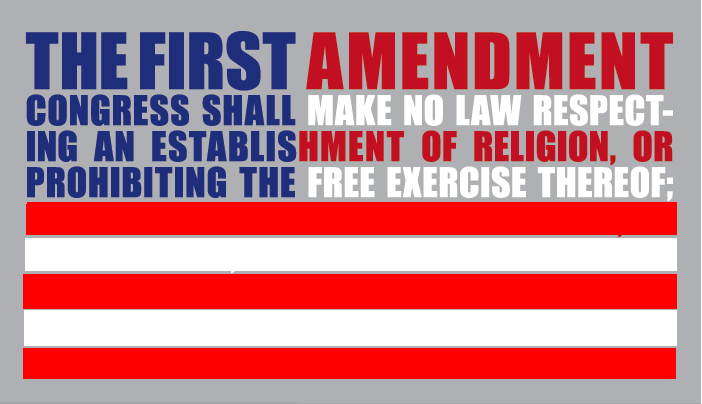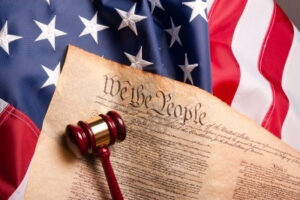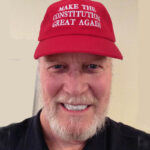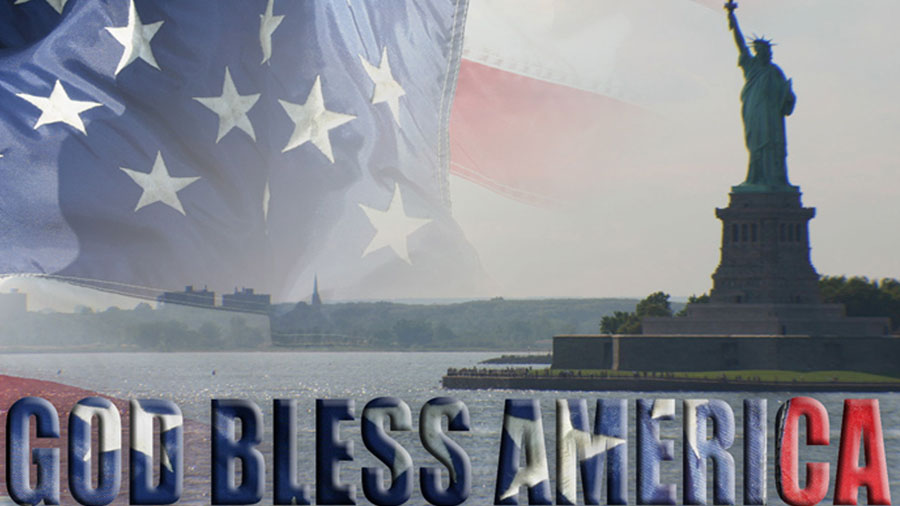 There is not a shadow of right in the general government to inter-meddle with religion. … The subject is, for the honor of America, perfectly free and unshackled. The government has no jurisdiction over it. James Madison
There is not a shadow of right in the general government to inter-meddle with religion. … The subject is, for the honor of America, perfectly free and unshackled. The government has no jurisdiction over it. James Madison
However, our government has not only meddled with religion, it has, indeed, shackled it.
The very first portion of the First Amendment to the U.S. Constitution reads as follows: "Congress shall make no law respecting an establishment of religion, or prohibiting the free exercise thereof..." Those words are very clear. Congress shall not establish a religion. Congress shall not prohibit people from practicing their religion.
All seemed to be fine until the mid-twentieth century when the US Supreme Court made decisions that basically outlawed prayer in school and did so with the weakest of arguments, one a grade school student can see through.
In 1962, with its 8–1 vote to make public recitation of the Regents' Prayer in public schools unlawful, the U.S. Supreme Court made its first-ever decision on prayer in public schools. It made its second in 1963, with the Abington School District v. Schempp ruling, which made it unlawful to allow corporate reading of the Bible and recitation of the Lord's Prayer.
 Regardless of the levels of education and intelligence of the members of SCOTUS, these decisions do NOT make prayer in schools unconstitutional. Neither of the two cases VIOLATED the First Amendment establishment clause but the decisions DID violate the exercise of religious freedom.
Regardless of the levels of education and intelligence of the members of SCOTUS, these decisions do NOT make prayer in schools unconstitutional. Neither of the two cases VIOLATED the First Amendment establishment clause but the decisions DID violate the exercise of religious freedom.
The high court’s argument was that these were state-sponsored school prayer. That was a fine line to determine and, even if they had been state-sponsored, their decision should not have made ALL school prayer unconstitutional. Period.
A person only needs to know how to read proficiently and define words to see the incredible idiocy in making school prayer unlawful based on those two cases.
However, since that time, the court established a "Lemon test" for religious activities within schools to be considered constitutional under the Establishment Clause. There are three points to meet for any practice sponsored with state-run schools: 1) Have a secular purpose; 2) Must neither advance nor inhibit religion; and, 3) Must not result in an excessive entanglement between government and religion.
See the huge elephant sitting in the room?
Point number one is ludicrous. How can a religious activity be secular? Secular, by definition, is non-religious.
 Thus, the first point of the Lemon test automatically takes religion, and any and all religious practices of any type, out of school.
Thus, the first point of the Lemon test automatically takes religion, and any and all religious practices of any type, out of school.
The problem is that the wording of the Supreme Court is totally off. To wit, the state is not sponsoring the activities when students pray in school. The schools are simply allowing it.
That is a huge and significant difference – to sponsor or to allow.
By allowing prayer, if students wish to pray, there is nothing at all that violates the Establishment Clause. Period.
Why is it that SCOTUS could not see this very simple, yet huge, difference?

by Scott D. Welch, Patriot
Direct descendant of 8 Americans who fought in the Revolutionary War
Cousin of Patrick Henry
The entertaining and informative In Search of Liberty movie is a great refresher (if it's been a while) or educational tool (for those who know very little) about our U.S. Constitution, and is a movie that All Americans should watch.

